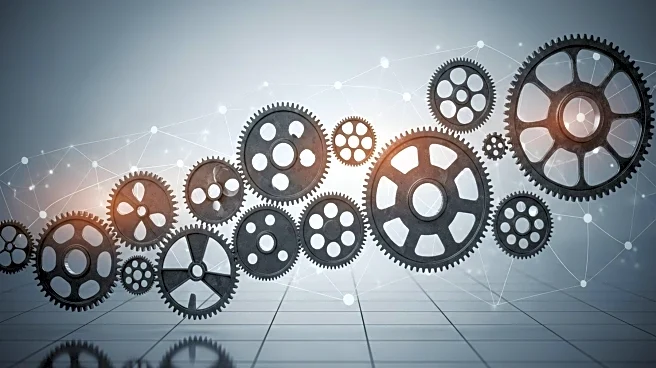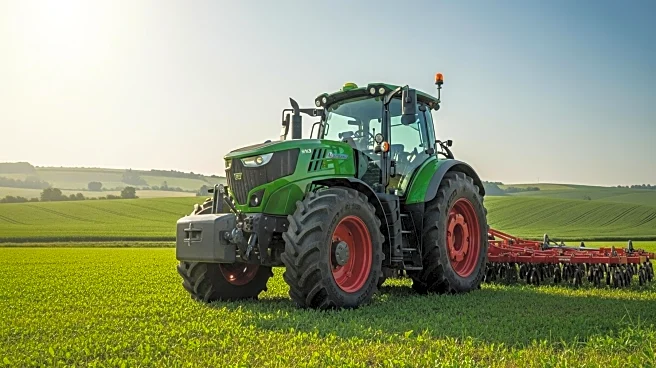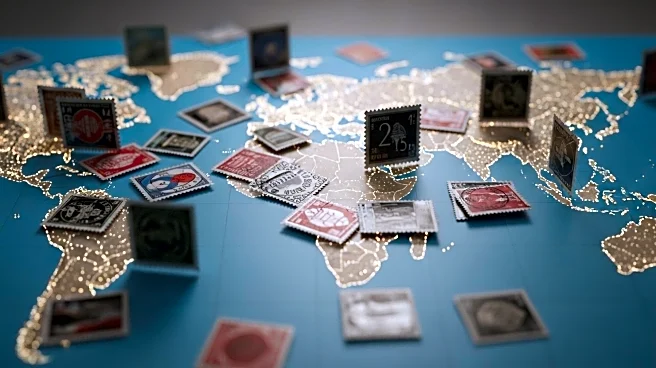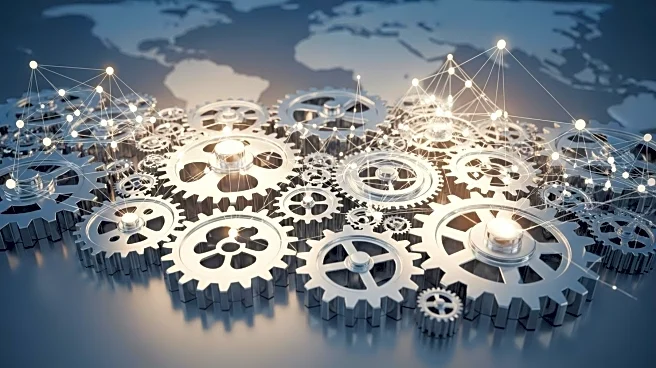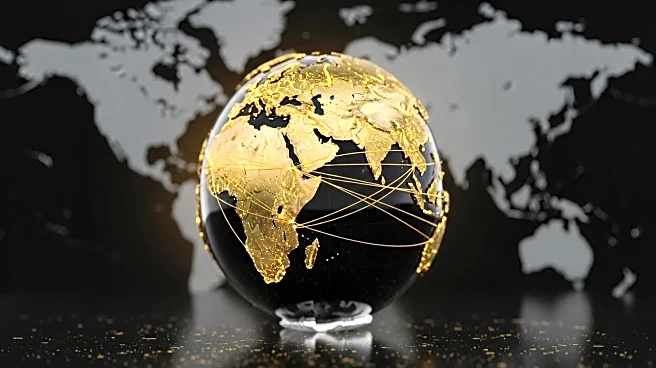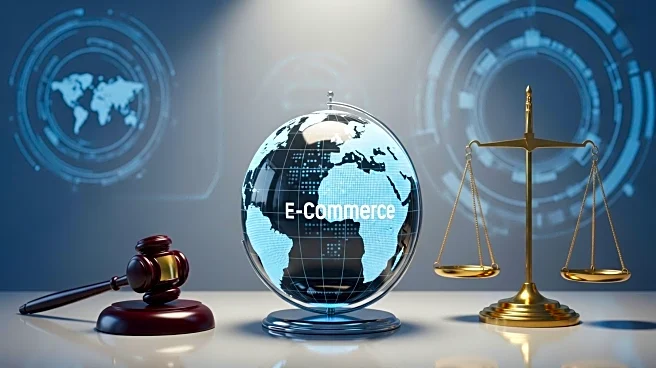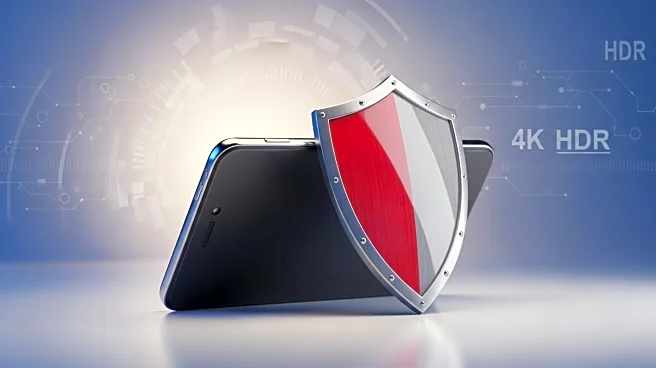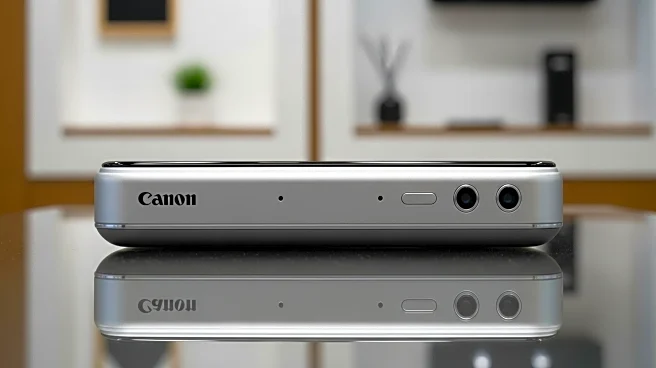What is the story about?
What's Happening?
Best Buy is navigating the challenges posed by the 2025 U.S. tariff environment through strategic supply chain diversification and technology-driven optimizations. The company has reduced its reliance on Chinese imports, shifting production to Vietnam, India, and South Korea. Best Buy is also investing in domestic manufacturing to insulate itself from global disruptions and tariffs. These efforts are complemented by automation in distribution centers and AI-driven demand-sensing systems, aligning with sustainability goals and reducing operational costs.
Why It's Important?
Best Buy's strategic adaptations to tariff uncertainty highlight the importance of supply chain resilience in the retail sector. By diversifying sourcing and investing in domestic manufacturing, the company mitigates risks associated with global trade disruptions. The use of technology to optimize inventory and reduce waste supports sustainability goals and appeals to consumers prioritizing value and convenience. Best Buy's proactive approach positions it to outperform competitors in a high-tariff environment, demonstrating agility and resilience in a challenging market.
What's Next?
Best Buy will continue to implement its supply chain diversification strategy, focusing on reducing reliance on high-tariff markets and enhancing domestic production capabilities. The company may explore further technological innovations to optimize operations and support sustainability goals. Best Buy's strategic shifts may influence industry trends, prompting competitors to adopt similar approaches to navigate tariff challenges. The company's ability to balance cost absorption with pricing discipline will be crucial in maintaining margin stability and competitive advantage.
AI Generated Content
Do you find this article useful?
